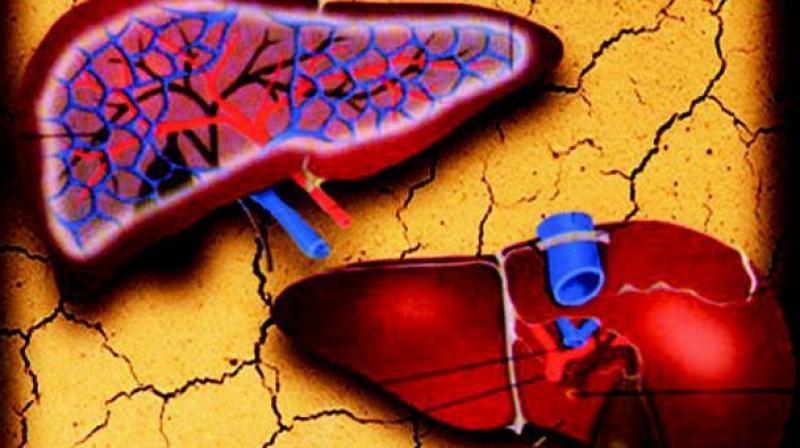Overweight children should be screened for non-alcoholic fatty liver disease

Washington D.C.: According to a recent set of guidelines published in the Journal of Pediatric Gastroenterology and Nutrition, a screening test for non-alcoholic fatty liver disease (NAFLD), is recommended for all obese children aged nine to eleven years.
The new guidelines, endorsed by the American Academy of Pediatrics, also outline recommendations for diagnosis, treatment, and follow-up care of children and adolescents with NAFLD, a serious condition that may have lifelong health consequences.
Nonalcoholic fatty liver disease refers to a range of conditions in which fatty deposits occur in the liver. It can progress to a more severe form, called nonalcoholic steatohepatitis (NASH), with inflammation and/or scarring of the liver.
"NAFLD has rapidly evolved into the most common liver disease seen in the pediatric population and is a management challenge for the general pediatric practitioners, subspecialists, and health systems," said Miriam B. Vos, the lead author of the study.
Studies suggest that NAFLD may be present in 0.7 percent of two- to four-year-olds, and up to 38 percent of obese children and adolescents.
The disease is commonly associated with other obesity-related conditions: diabetes and sleep apnea. While the long-term health impact of NAFLD remains unclear, affected children may be at increased risk for end-stage liver disease, type 2 diabetes, strokes, heart attacks, and liver cancer later in life. In adults, NAFLD has recently become the most common reason for liver transplant.
The Expert Committee performed a comprehensive research review to make evidence-based recommendations for management of pediatric NAFLD. Key recommendations include:
Screening: The guidelines recommend screening for NAFLD in all obese children between age nine and eleven, and in children with certain risk factors. Screening can be performed using a simple liver enzyme test (alanine aminotransferase, or ALT).
Diagnosis: Diagnosis of NAFLD requires further tests to determine whether fat deposits (steatosis) are present and to assess other possible causes. Testing may include obtaining a sample of liver tissue (biopsy) to check for more advanced disease (NASH or liver scarring).
Treatment: Lifestyle changes--improving diet and increasing physical activity--are the first steps in treatment for NAFLD.
Weight loss may reduce fatty deposits in the liver. No current medications or supplements are of proven benefit for NAFLD.
Weight loss surgery (bariatric surgery) may be considered for some adolescents with severe obesity and related health problems.
Long-term care: Recommendations for ongoing care include assessment of other obesity-related diseases and management of cardiovascular risk factors; avoidance of potential liver toxins, including binge drinking and being alert for possible psychosocial issues in children living with NAFLD.
The Expert Committee highlights important areas for further research, emphasizing the need for high-quality pediatric studies of strategies for prevention, screening, diagnosis, and treatment.

